How Can Businesses Effectively Master Mobile Content Strategies

As mobile devices continue to dominate internet usage, businesses must adopt comprehensive mobile content strategies that go beyond simple content creation. Distribution is a critical component of this process, ensuring that the right content reaches the right audience at the right time. With over 58% of global web traffic now coming from mobile devices, an optimized approach to mobile content distribution can significantly impact engagement, conversion, and overall brand visibility.
This article delves into the essential tactics for building effective mobile content distribution strategies, focusing on audience understanding, channel selection, content optimization, and data-driven refinements.
Why Mobile Content Strategies Are Essential
The rapid increase in mobile internet usage requires businesses to rethink how they deliver content. Mobile devices, with their smaller screens, different user behavior, and shorter session times, require content that is highly accessible and easily consumable. As consumers increasingly rely on mobile devices for browsing, shopping, and interacting with brands, failing to optimize content for mobile distribution can lead to missed opportunities.
Mobile content distribution strategies must ensure that content is:
- Responsive: Adapts to various screen sizes and orientations.
- Engaging: Designed for short-form, visually appealing interactions.
- Timely: Delivered at optimal times based on user behavior and engagement trends.
By focusing on these elements, businesses can create content experiences that are tailored to the mobile user, ensuring maximum engagement and impact.
Key Elements of Successful Mobile Content Strategies
1. Understanding the Target Audience
A key component of any effective content distribution strategy is knowing who your audience is and how they consume content on mobile devices. Each audience segment has distinct preferences, behaviors, and needs. Understanding these factors allows businesses to tailor their content to resonate more effectively.
Key considerations include:
- Demographics: Factors like age, location, and income level can significantly influence mobile content consumption. For example, younger users, particularly Gen Z, are known to favor short-form videos and social media interactions.
- Behavior: Analyze mobile habits such as peak browsing times and device preferences. This data is essential for optimizing the delivery time of content, ensuring it reaches users when they are most active.
- Preferred Content Formats: Some users may prefer videos, while others engage more with infographics, articles, or interactive polls.
A thorough understanding of these audience dynamics will allow you to craft content that not only appeals but also encourages deeper engagement.
Tip: Use tools like Google Analytics or social media insights to analyze audience behaviors and preferences. These platforms offer invaluable data on what content formats perform best and when your users are most engaged.
2. Selecting the Right Distribution Channels
Not all mobile platforms are created equal. Different channels offer unique opportunities to engage users based on their specific behavior and preferences. Choosing the right platform ensures your content has the greatest chance of resonating with its intended audience. Here are some of the most effective mobile content distribution channels:
- Social Media Platforms: Social apps like Instagram, TikTok, and Facebook excel at distributing short-form, visual content. These platforms are particularly effective for engaging younger demographics who prefer quick, digestible content like Reels or Stories.
- Mobile Email Marketing: Despite the rise of social media, email remains a powerful tool for distributing mobile-friendly content. Designing mobile-responsive email templates ensures your message is delivered in an accessible and appealing way.
- Push Notifications and In-App Messaging: For businesses with apps, push notifications offer a direct way to inform users about new content or promotions. In-app messaging is another effective method of delivering updates and encouraging engagement while users are already active within your app.
- SMS Marketing: Text messages boast an open rate of over 98%, making them ideal for delivering time-sensitive content or promotions.
Each channel presents unique opportunities, but it’s crucial to align the content with the platform’s format and audience behavior.
3. Optimizing Content for Each Platform
Mobile content needs to be adapted to suit the specific characteristics of each platform. Each social media app, email format, and messaging system has different expectations, limitations, and user behaviors. A strong mobile content strategy ensures that content is optimized for the platform where it will be delivered.
- Short-Form Video for Social Media: Videos of 15-60 seconds are ideal for platforms like Instagram Reels and TikTok. These platforms reward quick, engaging content that keeps users entertained without demanding too much time.
- Infographics for Blogs and LinkedIn: Visual aids such as infographics are easy to share and digest, making them highly effective for educational or thought-leadership content.
- Interactive Polls and Quizzes: Engaging users with interactive elements can increase the time they spend on your content. This strategy is especially effective for platforms like Instagram Stories or Facebook where users can quickly interact with polls or quizzes.
Tip: A/B testing different content formats is essential for discovering what resonates best with your audience on specific platforms.
Building a Content Calendar for Mobile Distribution
Consistency is crucial for a successful mobile content strategy. Without a structured schedule, it’s difficult to maintain audience engagement. A well-organized content calendar helps ensure your content reaches users at the right time, without overwhelming them.
Here’s how to create an effective content calendar:
- Plan Content Themes: Establish a theme for each month that aligns with your business goals. For example, a retail brand may focus on themes like “Summer Sales” in July and “Back-to-School Deals” in September.
- Schedule Posting Times: Based on your audience analysis, identify the best times to post. For instance, weekends and late evenings tend to be optimal for social media engagement.
- Mix Evergreen and Time-Sensitive Content: A successful content calendar should include a mix of evergreen content (that remains relevant over time) and time-sensitive content that leverages current trends, promotions, or events.
Leveraging Analytics to Refine Your Strategy
Once your content is distributed, analyzing its performance is critical to improving future efforts. Regularly reviewing your analytics helps you understand which content types perform well and where adjustments are needed. Here are key metrics to monitor:
- Engagement Rates: Likes, shares, comments, and time spent on content indicate how much your audience values your mobile content.
- Conversion Rates: Measure how effectively your content encourages users to take action, whether it’s downloading an app, subscribing to a newsletter, or making a purchase.
- Bounce Rates and Session Duration: These metrics help you gauge how well your content keeps users engaged. High bounce rates may signal that your content isn’t holding attention, while longer session durations suggest deeper engagement.
Tip: Use tools like Mixpanel or Google Analytics to monitor these metrics and refine your strategy based on the results.

Best Practices for Content Personalization
Personalization is at the core of effective mobile content strategies. Mobile devices allow for the delivery of targeted, personalized content based on user behavior and preferences, which can significantly increase engagement. Best practices for personalization include:
- Segment Your Audience: Divide your users into segments based on demographics, behavior, and purchase history. This allows for more tailored messaging.
- Use Location-Based Targeting: Leverage GPS data to deliver content that is relevant to users’ specific locations, such as local events or promotions.
- Dynamic Content in Emails: Incorporate dynamic fields in email campaigns to personalize subject lines and content based on user preferences.
Integrating Mobile Content Strategies with Other Marketing Tactics
To maximize reach, businesses must integrate mobile content strategies with other marketing efforts. This ensures a consistent brand experience across all platforms and channels, increasing the chances of audience engagement. Here are some integration techniques:
- Cross-Promote Across Channels: Share your mobile-optimized content across platforms such as social media, email, and your website to ensure comprehensive reach.
- Align Mobile Content with SEO Efforts: Optimize your content for mobile search engines by using mobile-friendly keywords, concise meta descriptions, and SEO best practices.
- Use Retargeting Campaigns: Retarget users who have already interacted with your mobile content to encourage further engagement, such as completing a purchase or signing up for a service.

Conclusion: Implementing Effective Mobile Content Strategies
Developing and implementing effective mobile content strategies is a dynamic process that requires ongoing adjustment and refinement. By understanding your audience, selecting the right distribution channels, and continuously optimizing content, you can create a strategy that not only engages users but also drives meaningful business outcomes. As mobile technology evolves, staying updated on trends and user preferences will be key to maintaining a competitive edge.

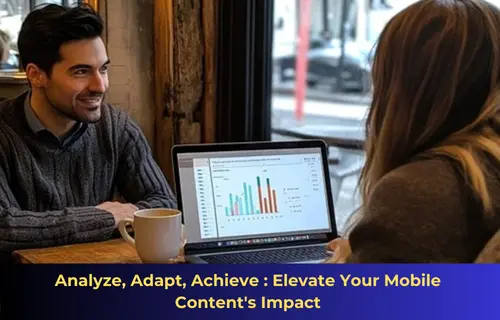
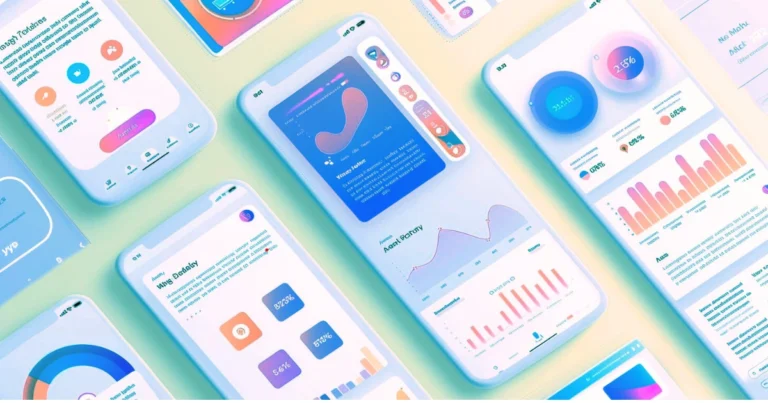
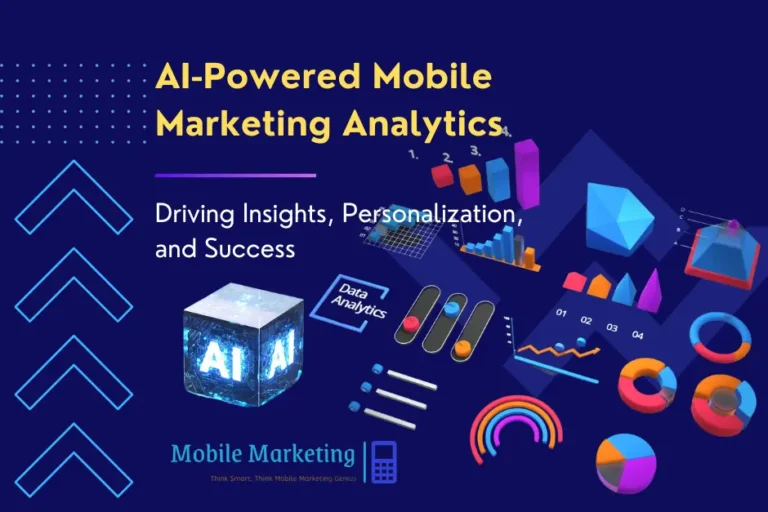
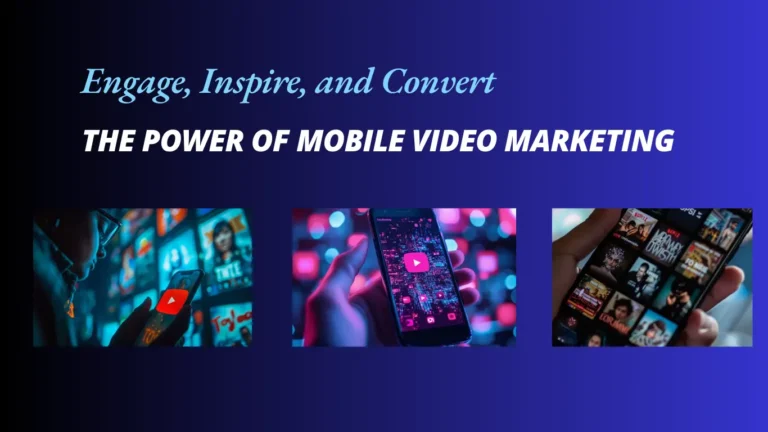
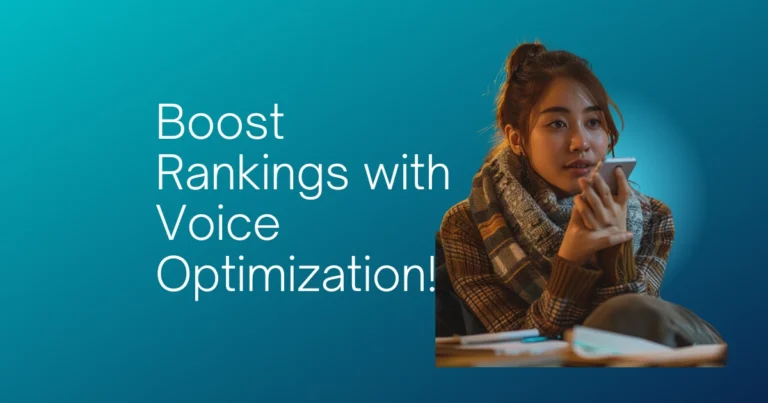
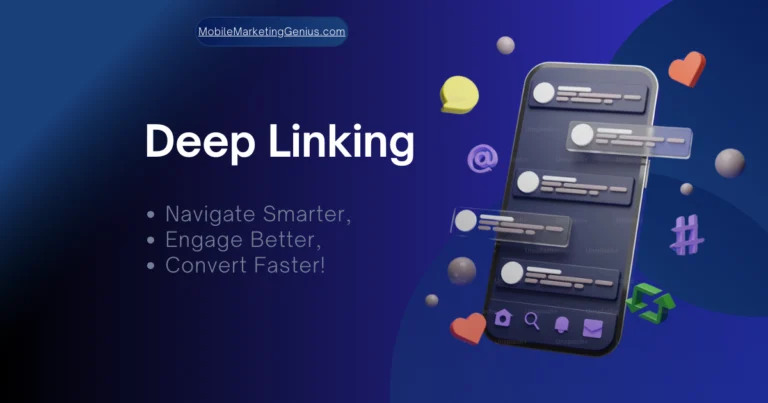
One Comment
Comments are closed.